Merseburg is the place of correspondence for the anniversary: "The Emperor's last journey - the climax and end of Otto the Great's reign in 973".
7 May 2023 marks the 1050th anniversary of the death of Otto the Great. This anniversary offers the opportunity to take a closer look at the Roman-German emperor's last journey from Italy back to his family's homeland, today's Saxony-Anhalt, and to thematise it.
From 18 May to 5 November 2023, visitors to Merseburg Imperial Cathedral can look forward to the special exhibition "Otto the Great, Saint Laurentius and the foundation of the Diocese of Merseburg - searching for clues in Merseburg Imperial Cathedral".
Selected documents and manuscripts from the Merseburg Cathedral Archives and Library illustrate Otto I's special relationship with Merseburg. The date of his death, 7 May 973, was entered in the Merseburg calendar. Documents document extensive donations to endow the diocese founded in 968. Valuable manuscripts illustrate Merseburg's special connection to Laurentius and his early veneration in the episcopal city. There is historical evidence that Otto the Great reached Merseburg on his "last journey" in 973 on Ascension Day, where he was received by an Arab delegation and held a final court meeting. The recently acquired fragment of Thietmar of Merseburg's chronicle will also be on display for the first time.
The exhibition is accompanied by numerous special themed tours, creative projects and lectures.
For adults:
- Special guided tour of "The Emperor's Last Journey"
- When the emperor makes a gift. A look inside the Merseburg Cathedral treasury
- Family tour with headgear: The king and his entourage in Merseburg
For children:
- Children's project: Otto's court day in Merseburg
- Cathedral building in the Middle Ages
- Otto looks out over his country. Tower tour
Anniversary partners are the Museum of Cultural History Magdeburg and the Ottonianum Cathedral Museum in Magdeburg, the Quedlinburg Cathedral and the Cathedral Treasure and the Castle Museum of the World Heritage City of Quedlinburgwhich City of Merseburgthat Cultural History Museum Merseburg Castlethat Merseburg Cathedral Abbey and the Memleben Monastery and Imperial Palace Museum.
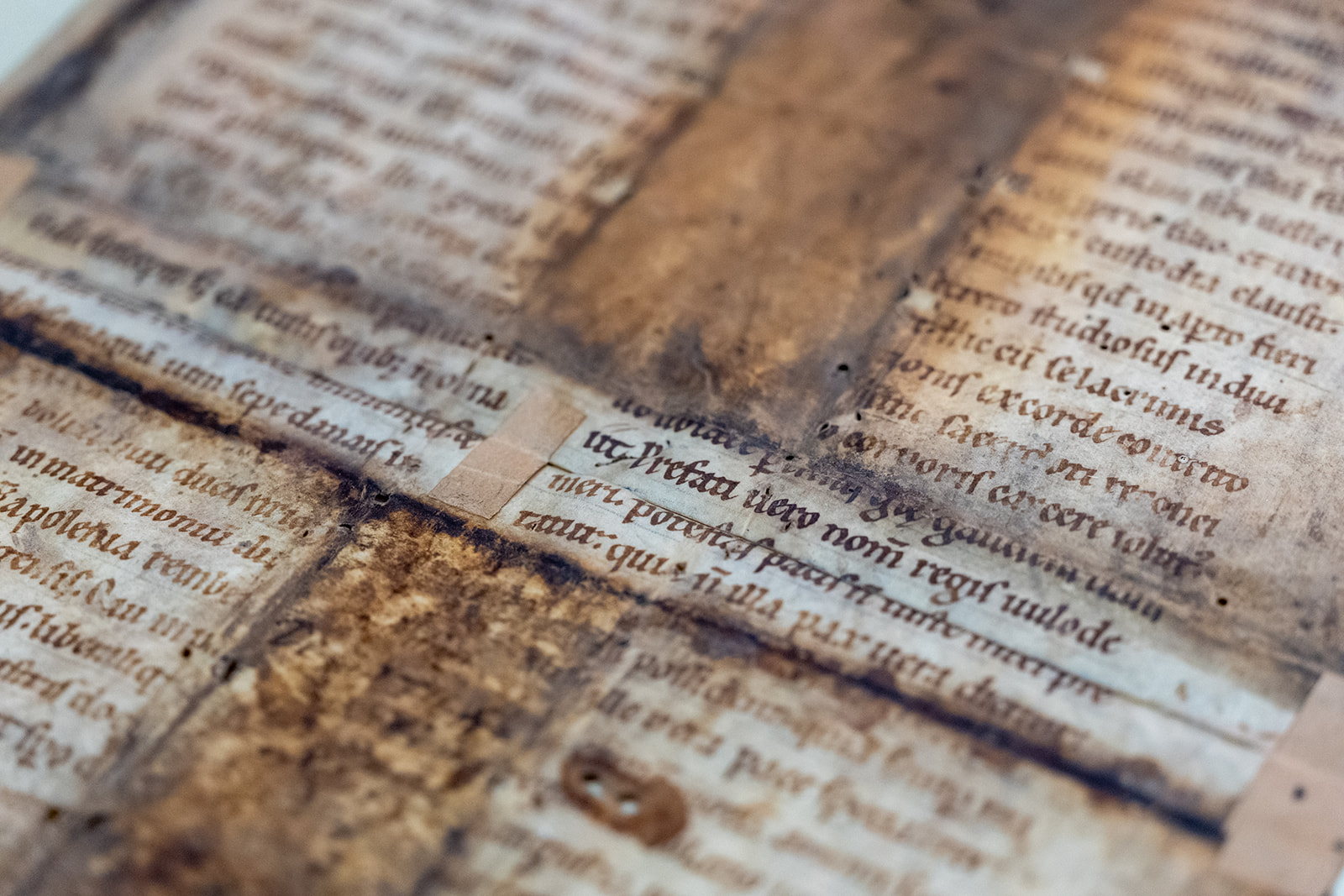
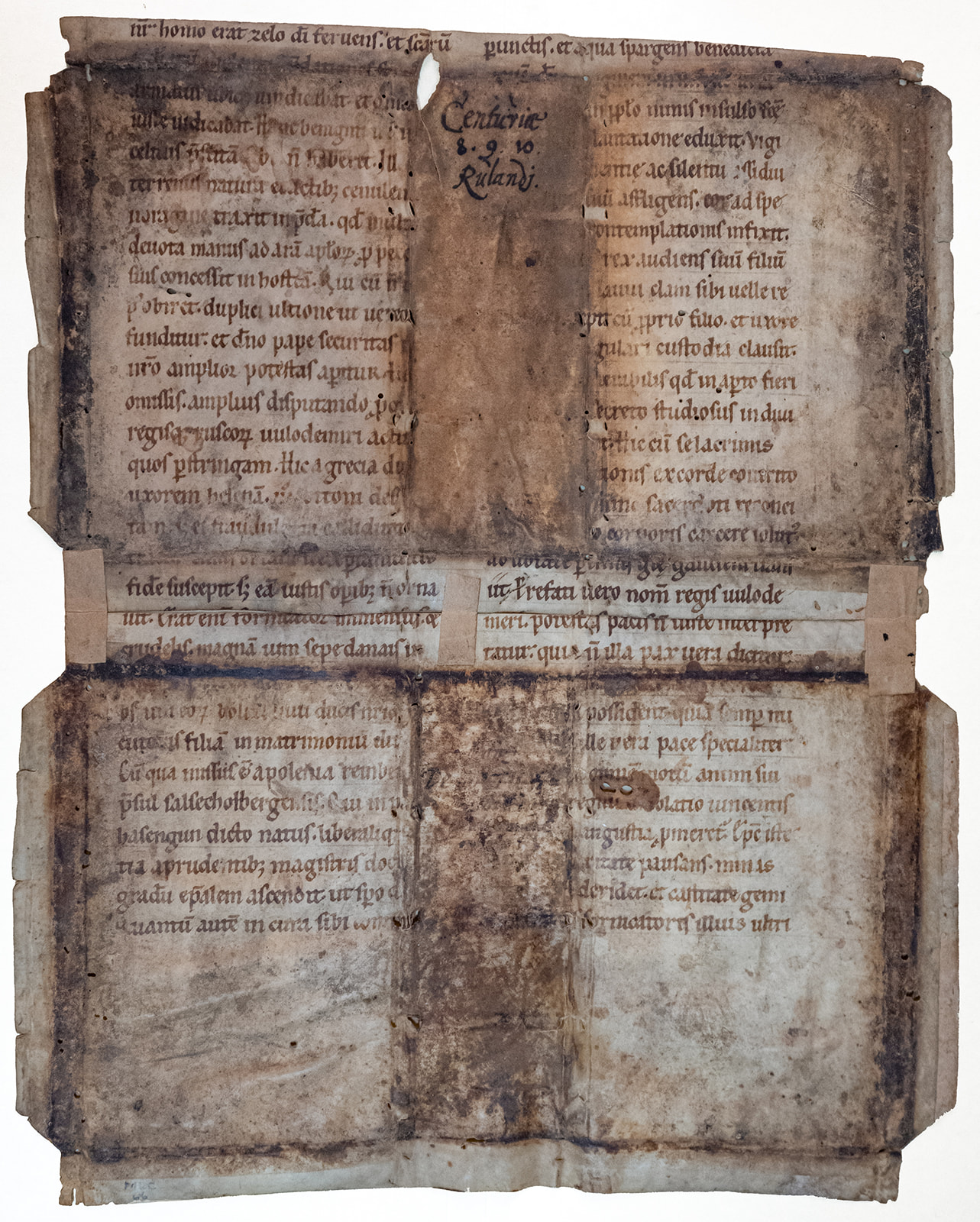
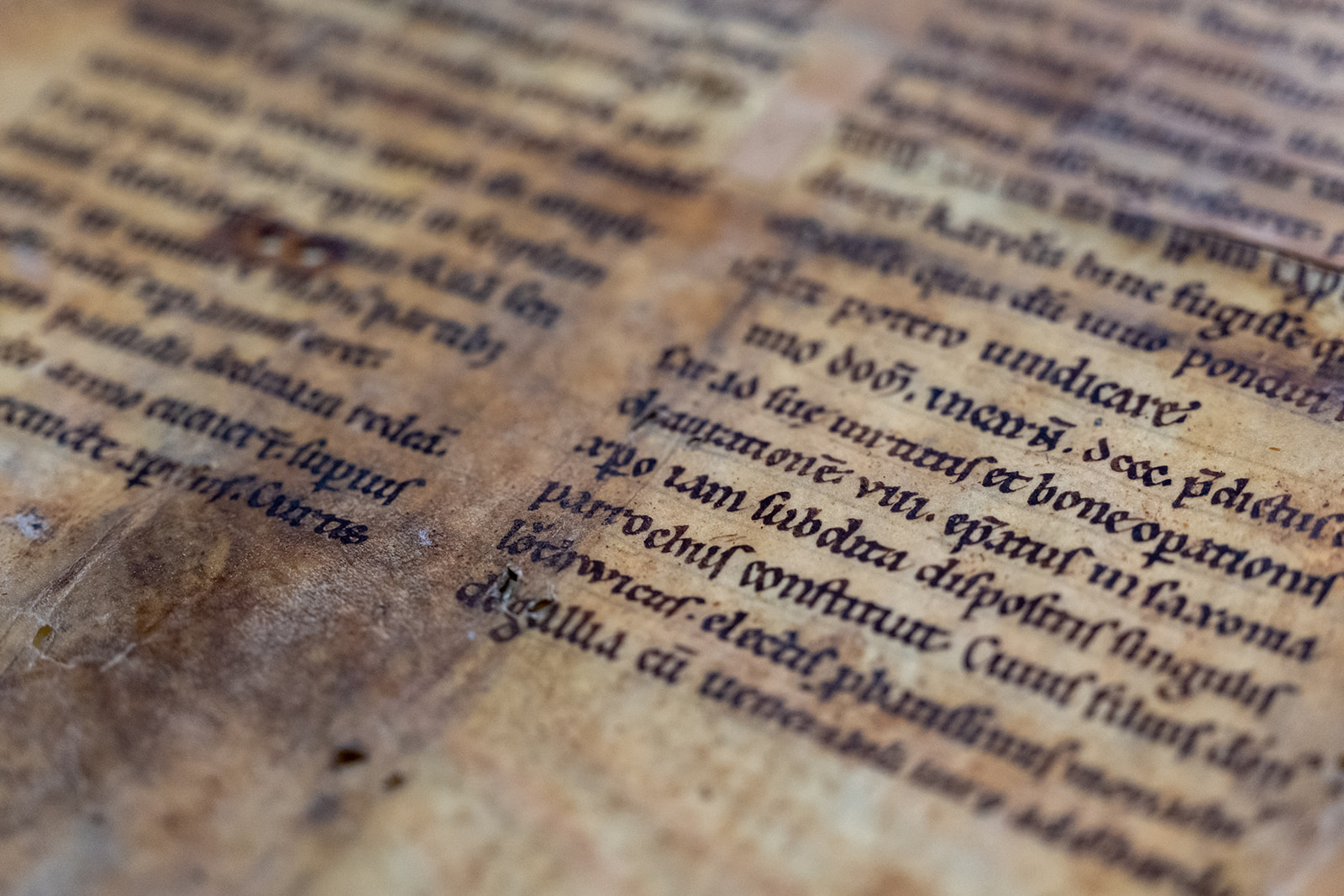
Background Information
Otto I and Merseburg
Previous history
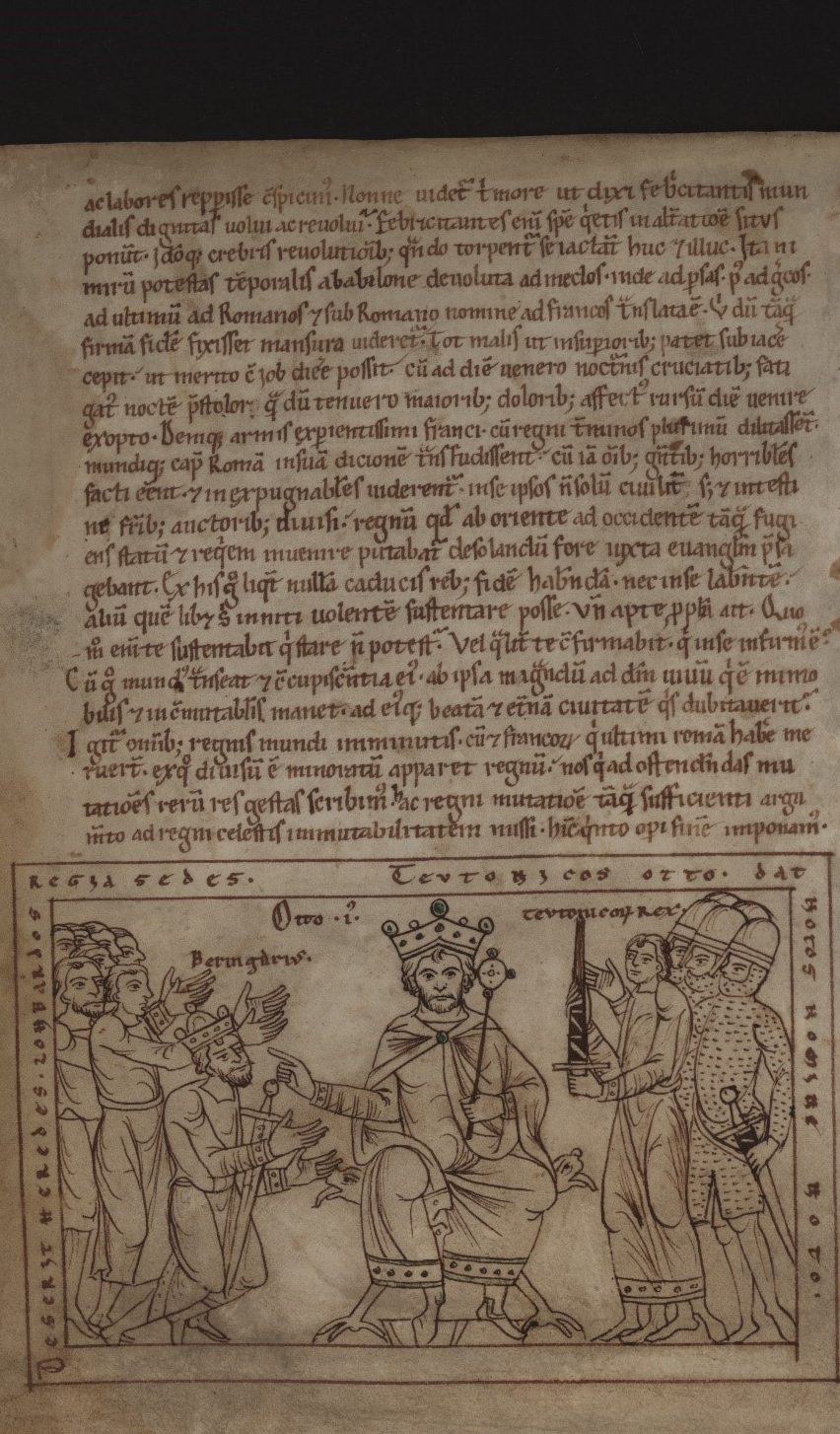
The Ottonian royal dynasty is particularly associated with Merseburg and the neighbouring Vorharz region. This gave Thietmar of Merseburg the opportunity to organise his chronicle, which was conceived as a chronicle of Merseburg, according to the reigns of the Ottonian rulers. He reports that the Saxon Duke Henry, who later became King Henry I, married the daughter of an elder Erwin from Merseburg Altenburg, which brought him rich possessions. As king, Henry I was able to increase these possessions through acquisitions from Fulda Abbey. Presumably in 931, the Palatine Collegiate Church of St John, the forerunner of the first cathedral, was consecrated under Henry I. Henry had the cathedral hill further fortified and the royal palace decorated with scenes from the battle against the Hungarians.
The fact that Merseburg came from the Hatheburg family ultimately led to Thankmar, Henry's son from this marriage, claiming it as his heir.
The beginning of rule in the shadow of family conflicts
Otto from Henry I's second marriage to Matilda was chosen as his successor, but had to fight off initial competition. Following the Carolingian tradition, Otto was elevated to king on 7 August 936 in Aachen by the princes present and consecrated by the Archbishop of Mainz. This took place against the express wishes of his mother Matilda, who favoured her younger son Henry. Otto's early reign was to be overshadowed by this family quarrel.
In Quedlinburg, Otto founded the Quedlinburg Servatius Monastery in 936 on the site where his father Henry was buried and entrusted the nuns serving there with the prayer care of the Ottonian family. In 937, Otto founded the Moritz Monastery in Magdeburg, which had evidently been entrusted with missionary tasks. Like Merseburg, Magdeburg, the king's favourite place, was located on the eastern border of the empire, directly adjacent to the Slavic settlement areas. As a result, Otto had to deal with numerous conflicts, the defence against the Elbe Slavs, uprisings in Saxony and, in particular, the rebellion of his half-brother Thankmar, who wanted to succeed Count Siegfried of Merseburg after his death. Thankmar died in these conflicts, mortally wounded by a loyal follower of Otto I. The situation in the empire was still very uncertain at the beginning of his reign. Otto I besieged his brother Henry in Merseburg in April/May 939, forced him to withdraw and then had to fight an uprising in Lorraine. He succeeded in doing so thanks to the courageous intervention of his allies. After another uprising in Saxony, which was again threatened by Slavs, Otto's brother Henry submitted in 941. In 942, Otto used his military power in West Franconia to force the King of West Franconia to renounce Lorraine, which had repeatedly threatened to fall away from the empire. At this point, Otto I's power in the empire was consolidated. As an ally of King Louis IV of France, his brother-in-law, he repeatedly had to intervene in his battles against Hugh Magnus. At the same time, the inner-family disputes had largely subsided following the submission of his son Henry and Otto I's reconciliation with his Matilda in 941.
Otto I, the invasion of Italy and the Battle of Lechfeld
In conflict with the Slavic tribes and by incorporating their greats, Otto was able to extend his rule in the north from the Havel to the Oder. In 948, Otto founded the bishoprics of Brandenburg and Havelberg, which he placed under the control of the Archbishop of Mainz. With a move to Italy in 951, Otto was able to secure the title of King of Italy. He had followed a request for help from Adelheid, the daughter of the Burgundian king, who had been in the hands of Margrave Berengar of Ivrea. Her rescue was recorded in the Merseburg calendar, as Adelheid married Otto I. A year later - in 952 - Otto I stayed in Merseburg and issued documents for his vassal Billing and the Church of Worms. His entourage included Bishop Anno of Worms and his daughter Liutgard. The document bears an unusual sign of recognition. Today's document research associates the palatial depiction with the appearance of the Merseburg royal palace. Merseburg's fate under Otto the Great would subsequently become even more closely intertwined with imperial history. In the years 953 and 954, Otto I was threatened by internal struggles. His son Liudolf openly rebelled against him, and the king lost decisive battles as he became increasingly allied with his brother Henry. The Hungarians invaded the kingdom again and devastated large parts of it. Under this pressure, a truce was brokered in Bavaria and Liudolf finally submitted to his father.
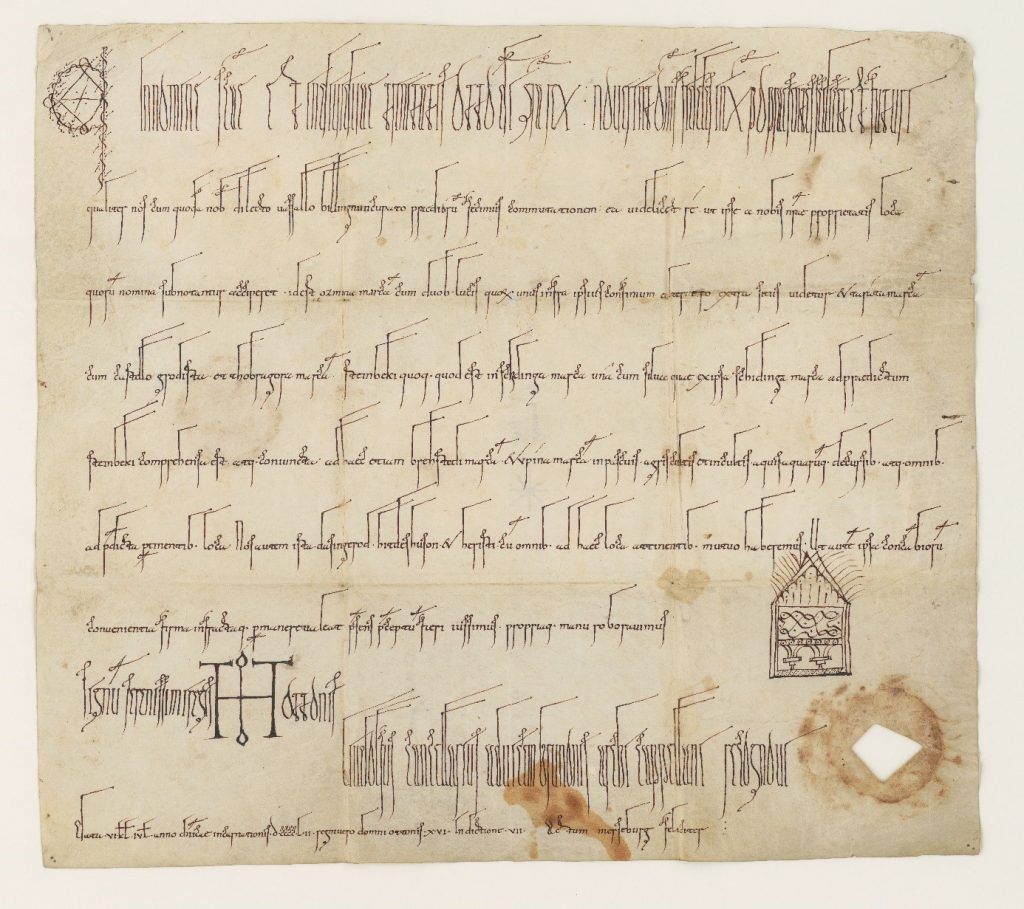
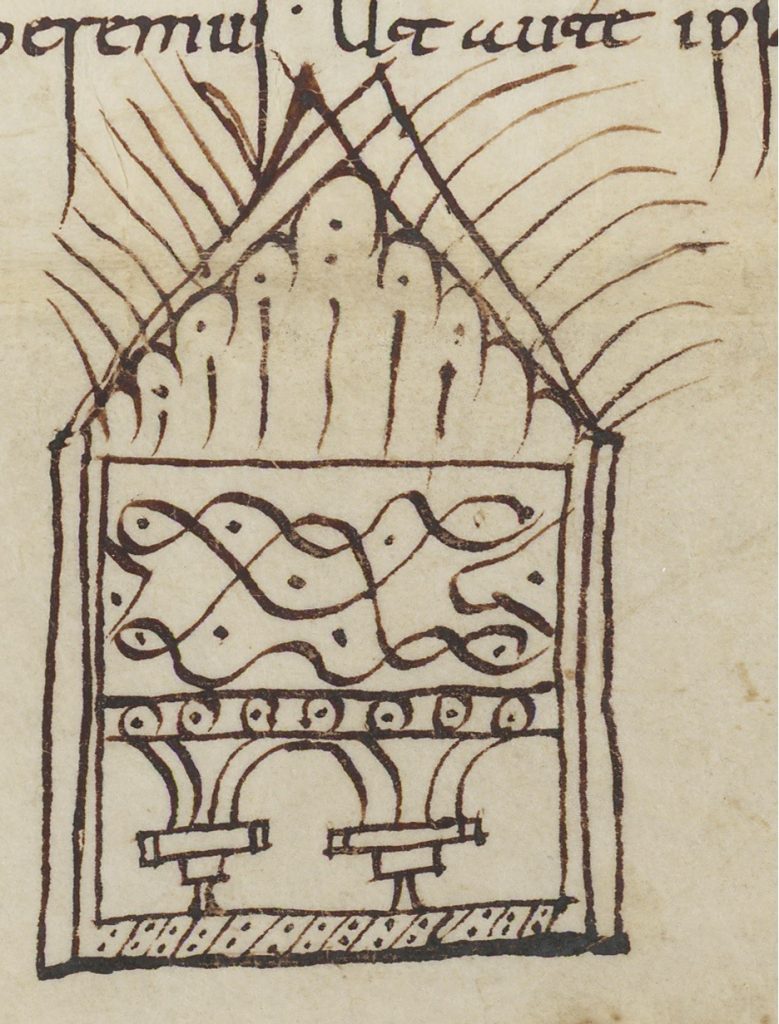
The rebels had probably even called on the Hungarians for help, who were now besieging Augsburg. Otto marched to the Lechfeld with an army of numerous allies, including Bohemian and Slavic warriors. He chose 10 August 955, St Laurence's Day, as the day of the battle. Before the decisive battle, he vowed to establish a bishopric for Laurentius in Merseburg in the event of victory. With the Holy Lance in front of him, Otto I entered the second part of the battle, from which he emerged victorious. The echo of this victory, which permanently banished the Hungarian threat, was immense in the sources. For Widukind, the victory and the subsequent acclamation signalled Otto's role as imperatorthat is, emperor. As for the ancient military leaders, Otto's glorious victory meant an elevation. However, Otto still had to fight further against the opposition in Saxony and subdue the allied Abodrites. Otto's son Liudolf, who died on his way back from Italy in 957, was able to quell unrest in Italy under Berengar II.
Consolidated power and imperial coronation
Around 960, Otto I was at the peak of his power for the time being. All the dukes of the empire had family ties with him. He also approached the Archbishop of Mainz, Wilhelm, his illegitimate son, on the issue of founding the Archbishopric of Magdeburg and thus also the Bishopric of Merseburg. A papal legation arrived from Rome requesting support against Margrave Berengar II. The time was therefore favourable for a new Italian campaign. In 961, Otto I had his son Otto crowned king in Aachen and entrusted him to the guardianship of the Archbishop of Mainz during his absence. Otto I was crowned emperor in Rome on 2 February 962. Otto I then negotiated the establishment of the Archbishopric of Magdeburg and the foundation of the Bishopric of Merseburg at a synod with Pope John XII. In the Ottonianum issued as a result, Otto confirmed the position of the pope and in return secured a say in the appointment of the pope. In northern Italy, he succeeded in continuing to fight Berengar II, but was forced to react to the pope's departure. He had him deposed at the end of 962 and, at Otto's request, the synod elected the protoscriminarian Leo as pope (Leo VIII). Otto I remained in Rome while Berengar was defeated and taken to Bamberg. In Rome, Otto had to have another revolt put down. Initially, Otto was able to win the Romans back to his side through negotiations, and Leo VIII was reconfirmed. However, after Otto's departure, the Romans rebelled again and installed John XII. Emperor Otto I now struck back militarily and once again succeeded in installing Leo VIII. North of the Alps, Otto still found the situation well organised, even though Duke Mieszko of Poland posed a threat. In Magdeburg in May 965, Otto decided on the succession to Margrave Gero, whose domain he split up, probably also with a view to the forthcoming foundation of the Slavic bishoprics. On St Laurence's Day 965, Otto stayed in Merseburg - a symbolic day that undoubtedly served to further realise the vow he had made 10 years earlier. Bishop Bernhard of Halberstadt and even Otto's son, Archbishop Wilhelm of Mainz, continued to oppose the plans, which had taken shape in Rome in 962.
The path to the foundation of the diocese
Otto once again moved to Italy, where he had to intervene in favour of the newly elected pope, cruelly punished the Romans and extended his sphere of influence to the south. In Ravenna in April 967, he obtained the approval of a synod consisting mainly of Italian bishops for the foundation of Magdeburg and its suffragan bishoprics. The way was finally clear when the Archbishop of Magdeburg and the Bishop of Halberstadt died at the beginning of 968. A new synod in Ravenna in October 968 decided to found the archbishopric of Magdeburg. The Bishop of Halberstadt ceded part of his parish to found the diocese of Merseburg. The monk Boso, from the Emmeram monastery in Regensburg, was given the choice between the bishoprics of Merseburg and Zeitz. He decided in favour of Merseburg because it was more peaceful, i.e. it was not so far into Slavic territory. At the behest of Otto I, the margraves responsible for the new bishoprics of Zeitz, Meissen and Merseburg were to ensure that the bishoprics were furnished. A late tradition states that Otto I donated relics of St Romanus, Laurentius, Decius and Maximus to the Merseburg church. Although this could only have happened under Otto II, the idea of using the Roman saints to create an image of Rome in Merseburg is clear. Most of these Ottonian saints, as well as the Saxon Saint Vitus, are still present in the consecrated names of the local churches today. In addition to the founding of bishoprics, Otto I pursued a stronger union with Eastern Rome at various levels in Italy. He had his son Otto II crowned co-emperor at Christmas 967, initiated a marriage with Constantinople and took military action against the southern Italian possessions. After the deposition of the Eastern Roman emperor, negotiations were resumed, resulting in Otto II's marriage to Theophanu (972).
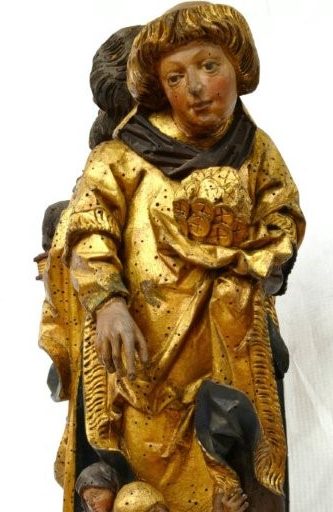
The last months of Emperor Otto I
In May 972, Otto I crossed the Alps and returned to Saxony in 973. Here he was able to consolidate his position again, especially during his stay in Magdeburg on Palm Sunday. His journey took him via Quedlinburg, where he finally reconciled with Hermann Billung, to Merseburg. He saw the town again for the first time after the foundation of the diocese. Envoys from the Caliph of Cordoba also appeared at the local court festival on the Feast of the Ascension of the Lord. There is evidence of the emperor in Merseburg from 10 April to 1 May. It is certainly no coincidence that he made a gift here to Bishop Ulrich of Augsburg, who had faithfully stood by him in the Battle of Lechfeld, a fateful event for Merseburg. The ruler then moved to Memleben, where he died on 7 May.
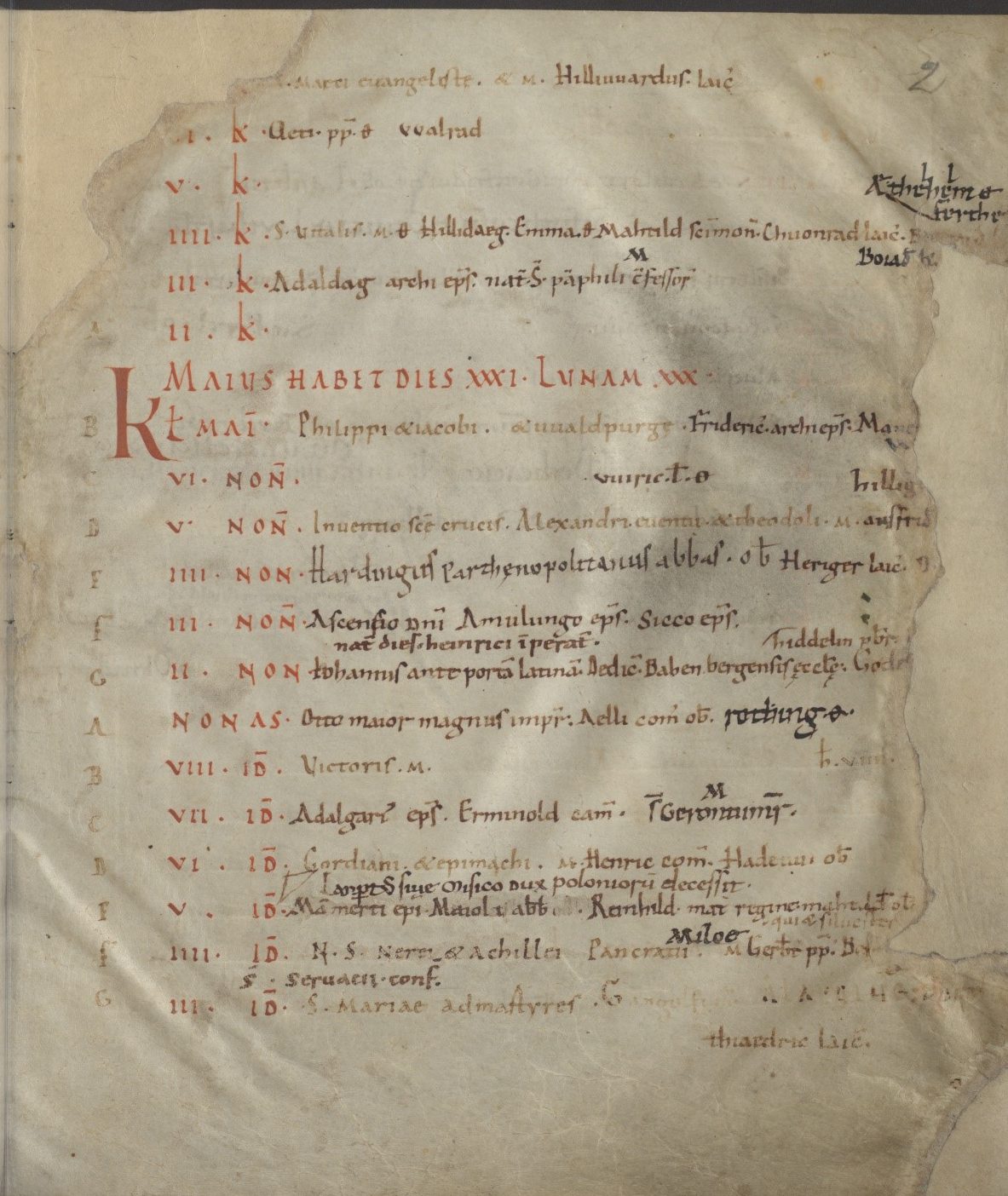
Timeline of Otto I and Merseburg
23.11.912 Birth, son of King Henry I and Matilda, daughter of a Saxon count
Appointed heir to the throne by King Henry I in 929
929/30 Marriage to Editha, daughter of the English King Edward
07.08.936 Election and coronation in Aachen
936 Foundation of the Quedlinburg Servatiusstift
937 Foundation of the Magdeburg Moritz Monastery
938 Battle against his half-brother Thankmar, who dies at Eresburg Castle
939 Revolt of his brother Henry together with Duke Eberhard of Franconia and Giselbert of Lotharingia and Archbishop Frederick of Mainz
939 April/May: Siege of his brother Henry in Merseburg, capture of Merseburg
946 Death of his wife Editha, burial in Magdeburg
948 Foundation of the dioceses of Havelberg and Brandenburg
951 Italian campaign, marriage to Adelheid, daughter of King Rudolf of Burgundy and widow of King Lothar of Italy
952 June 26 Merseburg, deeds for his vassal Billing and for the church of Worms
953/54 Revolt of the son Liudolf
10/08/955 Victory over the Hungarians on the Lechfeld, vow to found the diocese of Merseburg
961 Second Italian campaign, succession to the throne secured by the election of Otto II as king
02.02.962 Coronation as emperor in Rome, Adelheid is crowned empress, Otto I confirms the rights of the Roman Church (Ottonianum)
965 August 10 documented in Merseburg for the Archbishopric of Hamburg-Bremen
966 third Italian campaign
25.12.967 Coronation of Otto II as co-emperor, synods of Ravenna decide to found the archbishopric of Magdeburg
968 Foundation of the Archbishopric of Magdeburg, to which the newly founded dioceses of Merseburg, Meissen and Zeitz as well as the existing dioceses of Havelberg and Brandenburg are subordinated
972 May Return from the third Italian campaign
973 March 16 Magdeburg, celebration of Palm Sunday
973 March 23 Quedlinburg, court day, celebration of Easter
973 March 27 Walbeck
973 April 10 to May 1 Merseburg, court day and celebration of Ascension Day
07.05.973 Death in Memleben
To the exhibition
Before Emperor Otto I died in Memleben on 7 May 973, he had visited Magdeburg, Quedlinburg, Walbeck and Merseburg, all central locations in Saxony. Otto stayed in Merseburg from 10 April to 1 May 973, where he celebrated the Feast of the Ascension on 1 May. Prior to this, he had received an envoy from Africa - either from the Fatimids or the Caliph of Cordoba. He transferred Ottobeuren Abbey to Bishop Ulrich of Augsburg and, at the request of his sister-in-law Judith, Otto issued a charter for Niedermünster Abbey in Regensburg,
The cathedral was always closely linked to the emperor through the foundation of the diocese of Merseburg, which was vowed in 955 and realised in 968.
The exhibition features manuscripts and documents from the 10th and 11th centuries from the Merseburg Cathedral Abbey Archives and Library. These document the veneration of St Laurentius in Merseburg and illustrate the endowment of Merseburg with valuable goods to support the clergy as well as manuscripts for the liturgy. The extent to which the Ottonians, especially Henry II, referred to Otto I as the founding emperor becomes clear time and again. The manuscripts do not necessarily date from the founding period around 968, but they offer a selection of the valuable furnishings of the cathedral library and their liturgical use.
